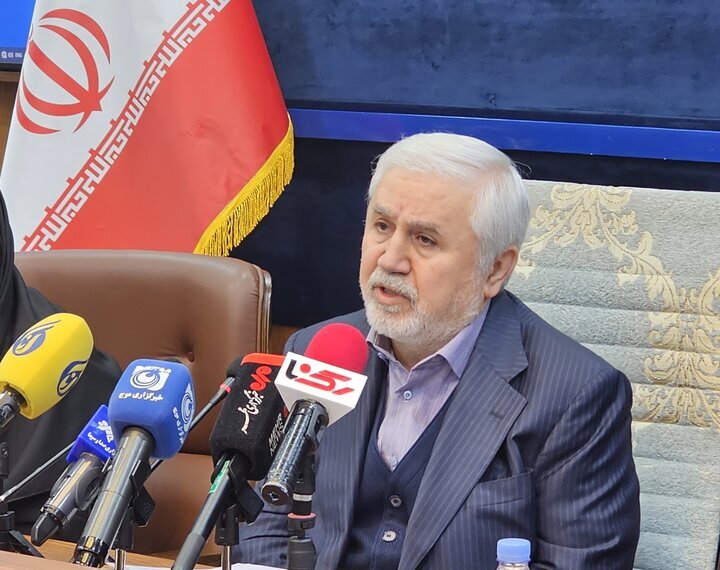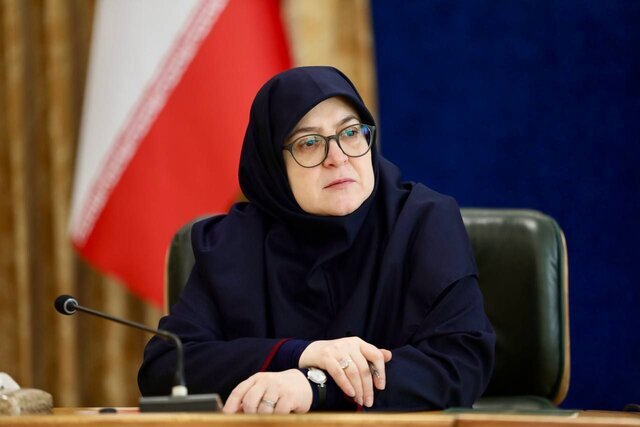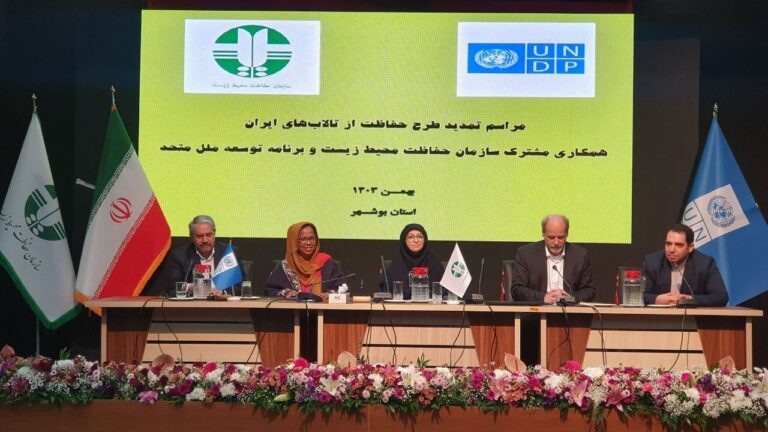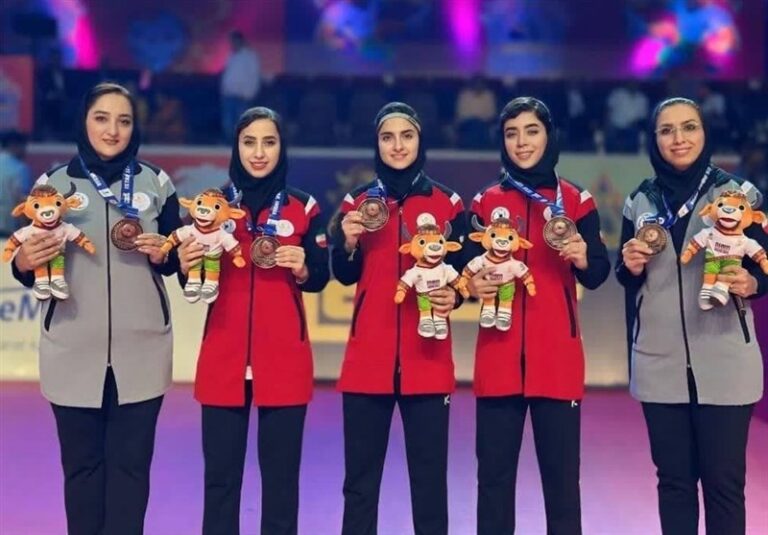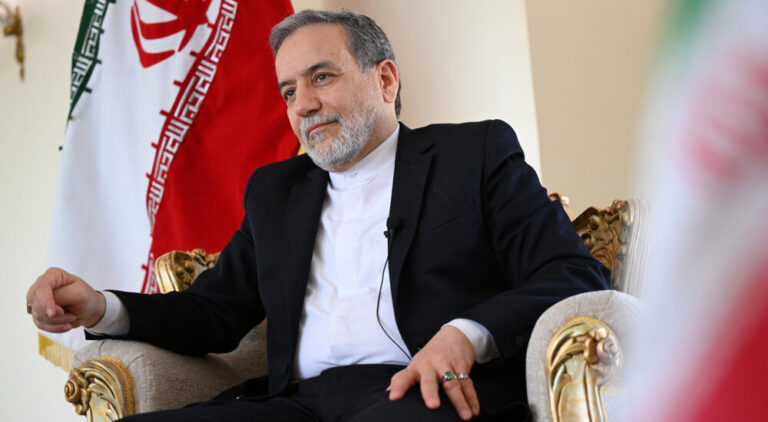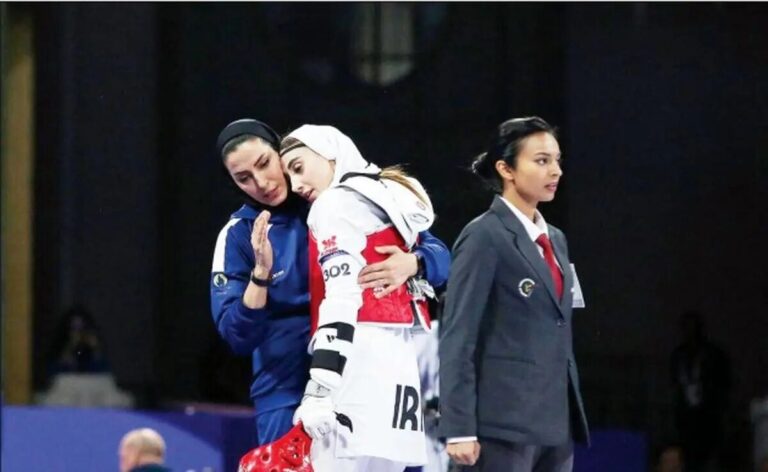Iran Expands Ramadan Visiting Hours for Historic Sites: A Cultural Journey Awaits!
As Nowruz approaches, exciting updates are being made to the festivities in Iran to align with the holy month of Ramadan. This year, the celebrations will not only honor the Persian New Year but also respect the spiritual significance of Ramadan, which begins on March 2. These changes, announced by Iran’s Deputy Minister for Cultural Heritage, Ali Darabi, aim to enhance the experience for both locals and tourists while showcasing Iran’s rich cultural heritage.
During a recent press conference, Darabi highlighted several key adjustments to the upcoming Nowruz festivities:
- Extended Visiting Hours: Many historical sites and cultural landmarks will extend their visiting hours after Iftar, allowing individuals to explore these locations late into the evening.
- Continued Traditions: The tradition of hosting Nowruz celebrations at heritage sites and historical monuments will continue this year.
- Special Programs: Unique observances for Laylat al-Qadr (the Night of Decree) will take place at selected historical locations.
Preparations for Nowruz are already in full swing, with a meeting among provincial directors and heritage site managers scheduled for next week to finalize the plans. Darabi also announced that at the exact moment of the Persian New Year, festivities will be held across 1,000 locations nationwide, welcoming both citizens and tourists.
To further enrich the experience, many cultural heritage sites will remain open for visitors after Iftar, allowing them to engage with Iran’s rich history while observing Ramadan traditions. Notably, historical mosques and selected heritage sites will host special religious ceremonies during Laylat al-Qadr, creating a blend of celebration and reverence.
In support of these initiatives, the tourism minister, Seyyed Reza Salehi-Amiri, emphasized the importance of adapting the Nowruz festivities to respect the holy month of Ramadan. He announced that Nowruzgahs—cultural events celebrating Nowruz—will take place after the evening Iftar meal and continue until midnight. This adjustment is made to accommodate the spiritual and cultural considerations of Ramadan.
Salehi-Amiri stated, “These measures aim to provide an opportunity for people to gather and enjoy Nowruz traditions after breaking their fast. Nowruz is celebrated globally, and we want to create a space where families can come together in harmony with the spirit of the holy month.”
The Nowruzgahs initiative, launched in 2015, is designed to revive and promote the ancient traditions of Iran’s diverse ethnic groups. This year, as the rotating lunar month of Ramadan coincides with Nowruz, the celebrations will strike a unique balance, reflecting both the joy of the Persian New Year and the spiritual reverence of Ramadan.
This year’s adjustments to the Nowruz celebrations not only aim to enhance cultural engagement but also foster a sense of community during a time of reflection and togetherness. The extended hours and special events are expected to draw large crowds, providing a wonderful opportunity for families to celebrate together.
As we look forward to the upcoming Nowruz festivities, the integration of traditions and spiritual observance highlights the rich tapestry of Iranian culture. With the careful planning and dedication from the Ministry of Cultural Heritage and the tourism sector, this year’s celebrations promise to be memorable.
In conclusion, as the Persian New Year approaches, the alignment of Nowruz festivities with Ramadan offers a unique way to honor both traditions. Whether you are a local or a visitor, this year’s celebrations will provide an enriching experience filled with joy, reflection, and cultural appreciation.
